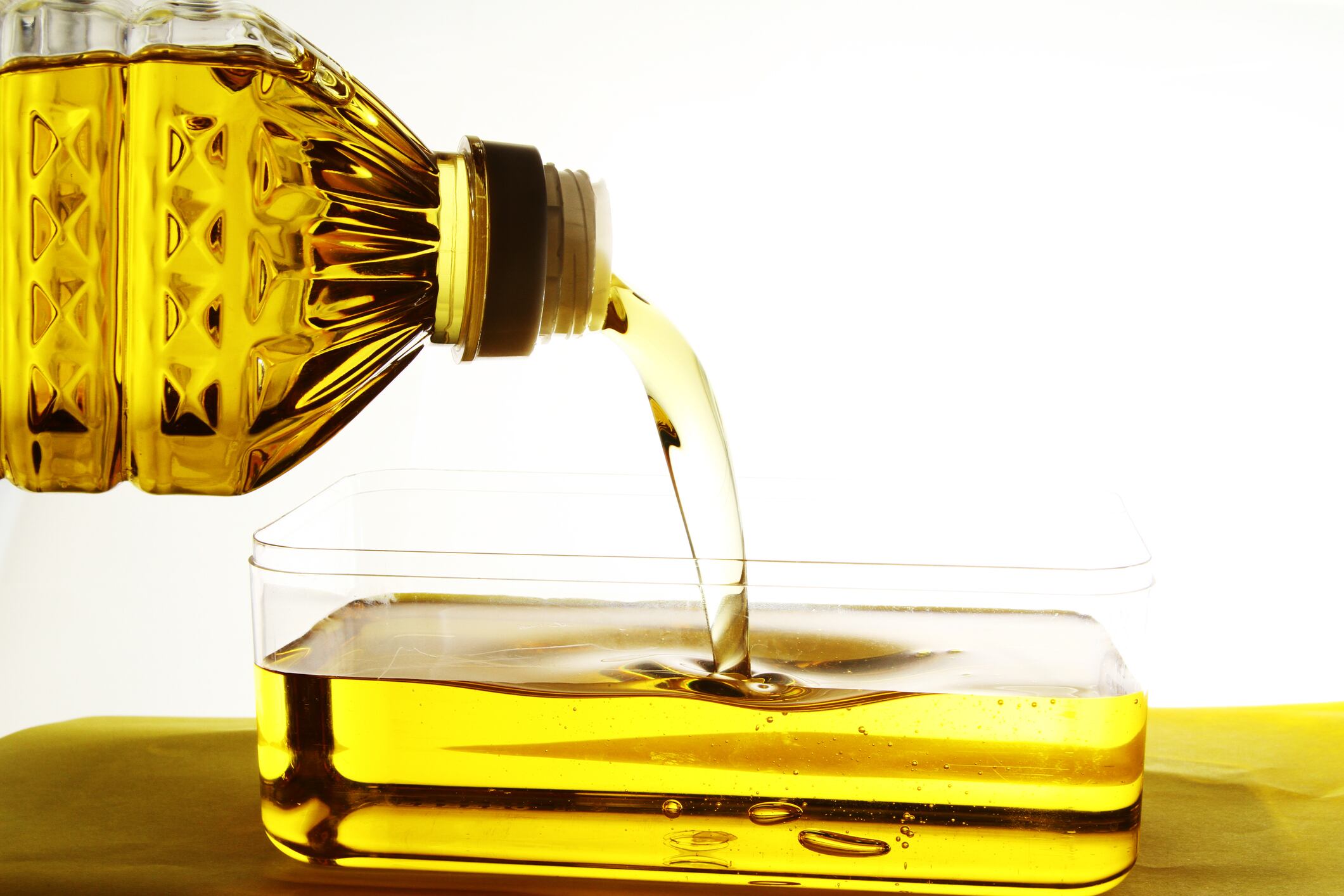Is palm oil really in half of supermarket products? Summary
- Study finds only 8% of products list palm oil directly
- Palm oil ranks seventh behind maize, rapeseed, soya and sunflower
- Vegetable oil derivatives suggest palm oil in up to 33% of items
- Original 50% figure likely outdated or based on poor evidence
- Demand for palm oil alternatives remains high despite lower prevalence
It is well known that palm oil is near-ubiquitous in food. It’s present in cakes, chocolate bars, biscuits, doughnuts, bread and even instant noodles.
In fact, many sources suggest that around 50% of products in the supermarket contain it, both in food and beyond.
However, a new study suggests that the actual figure could be significantly lower. What kind of implications does this have for the palm oil sector, and alternatives in particular?
Palm oil in 50% of products?
The idea that palm oil can be found in 50% of supermarket products is widespread. Organisations such as the Roundtable on Sustainable Palm Oil (RSPO) frequently cite this figure.
A new study published in the journal Environmental Research Food Systems does not believe that there’s any evidence for this claim, however.
It sought to verify the figure, the data behind which is not publicly available.
In three large supermarket chains in three countries – Sainsbury’s in the UK, Albert Heijn in the Netherlands and Woolworths in Australia – the researchers explored the truth, or lack thereof, of the claim. Due to lack of information on ingredients, it did not look at other regions such as Asia or South America.
The study looked at the level of both palm oil and other vegetable oils – maize, rapeseed, coconut, sunflower, cacao and soya – in these supermarkets’ products.
According to the study, a range of other vegetable oils have just as significant a negative environmental impact as palm oil.
Prevalence of palm oil in supermarket products
The number of products that definitely contain palm oil is much lower than 50%.
Around 39% of products explicitly contained any oil crop derivatives, although not all of these were palm oil.
Only 8% of products, in fact, listed palm oil as an ingredient. This is compared with 19% for maize, 15% for rapeseed, 14% for soya and 8.4% for cacao. Palm oil was only the seventh most frequently listed oil.
The study also identified 111 chemicals with likely vegetable oil origins in product lists. Around 65% of these chemicals commonly originate from palm oil.
This put the potential prevalence of vegetable oil derivatives in products up to 58%, and of palm oil to 33%.
If one is to assume that all unspecified oils also come from palm, the figure would be 40% of products. However, even then, its prevalence would still be exceeded by other oils, including maize, soya, rapeseed, and sunflower.
Is the 50% figure wrong?
According to the study, the figure of 50% first originated in 2006, and was repeated by multiple other organisations.
As this study was undertaken almost two decades after this, it remains unclear if palm oil use has declined since this time, or if the figure was simply wrong.
Data from the UN’s Food and Agriculture Organisation (FAO) suggests the former. According to the organisation’s food balance sheets, palm oil use has declined significantly in the three countries studied here between 2006 and 2022.
However, the study itself suggests that even if declines have been seen in these geographies, the use of palm oil will still be strong elsewhere in the world.
Responding to the study, an RSPO spokesperson said that “a key indicator of progress is not how widely used palm oil is, but how widely sustainable palm oil is used and the willingness of businesses and consumers to adopt and demand this”, pointing out that the supermarkets in the study had all committed to using more RSPO-certified palm oil or other certified palm oil.
Do we still need alternatives?
If palm oil use is as overestimated as the study suggests, there is a chance that environmental concerns may be diminished. With this in mind, are alternatives still necessary?
The market for alternatives to key crops is growing: partly for reasons of food security – given the significant reduction of yields for some crops – but partly due to sustainability.
“We’ve seen that demand for alternatives to tropical oils, such as cocoa butter and palm oil, is very high,” explains Ben Williams, CTO of Sun Bear Biofuture, which produces a palm oil alternative through fermentation.
“Companies are being bombarded by supply chain issues, regulatory challenges and unfavourable consumer sentiment.”
The market for fats and oils is growing throughout the world, he stresses, driving demand for alternatives that replicate the functional properties of such products, which are difficult to replicate.
The use cases may not be as numerous as commonly believed, but this does not mean demand will let up anytime soon.





